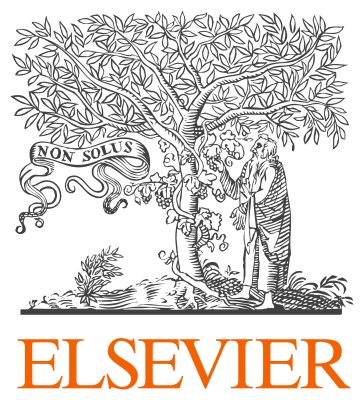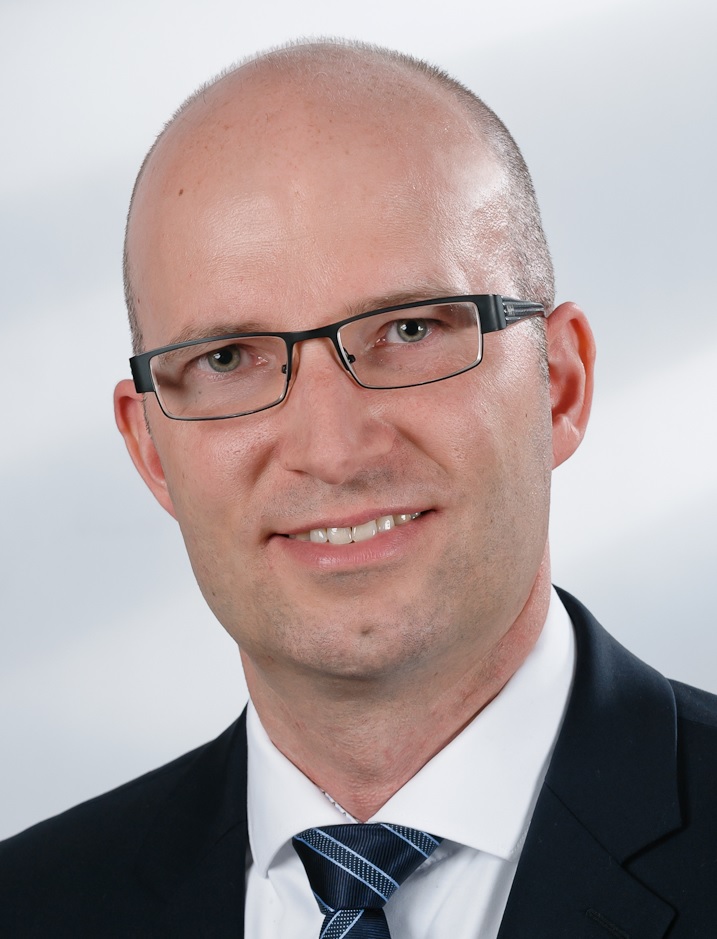 |
Dr. Andreas Mueller is the Head of Communication and Network Technology in the Corporate Research Department of Robert Bosch GmbH in Stuttgart, Germany. As part of this role, he is coordinating Bosch’s research activities in the area of future industrial connectivity infrastructures as well as the 5G-related activities for the industrial domain within the Bosch group. In addition to that, he is the Chairman of the Board of the “5G Alliance for Connected Industries and Automation” (5G-ACIA), which recently has been established in order to make sure that 5G for the industrial domain becomes a success. This is done by providing a global forum for discussing related technical, regulatory and business aspects and by bringing all relevant stakeholders together. Prior to joining Bosch, Andreas was a Research Staff Member at the Institute of Telecommunications of the University of Stuttgart, Germany, where he was contributing to the further development of the 3GPP Long Term Evolution towards LTE-Advanced. Besides, he was working as a Systems Engineer for Rohde & Schwarz, developing a novel software- defined radio based communication system for the German Armed Forces. Andreas holds a German Diploma degree as well as a Ph.D. degree in Electrical Engineering (with distinction) and an M.Sc. degree in Information Technology, all from the University of Stuttgart, Germany. Keynote title: 5G Alliance for Connected Industries and Automation (5G-ACIA) – Ensuring that 5G for the industrial domain becomes a success Abstract: The industrial domain represents one of the most promising new application areas of 5G as 5G and in particular URLLC may significantly improve the flexibility, versatility and cost-efficiency of future smart factories. At the same time, the required investments to unlock this huge potential are relatively small. However, the industrial domain represents also a very special domain, with very unique use cases, requirements and boundary conditions. In order to make sure that 5G for the industrial domain eventually becomes a big success, recently the 5G Alliance for Connected Industries and Automation (5G-ACIA) has been established as a joint initiative of the OT and the ICT industries. So far, already more than 40 member organizations have joined 5G-ACIA and it is further growing rapidly. This talk will give a brief overview of 5G-ACIA, its role in shaping and defining 5G and some of the major challenges that still need to be overcome. |
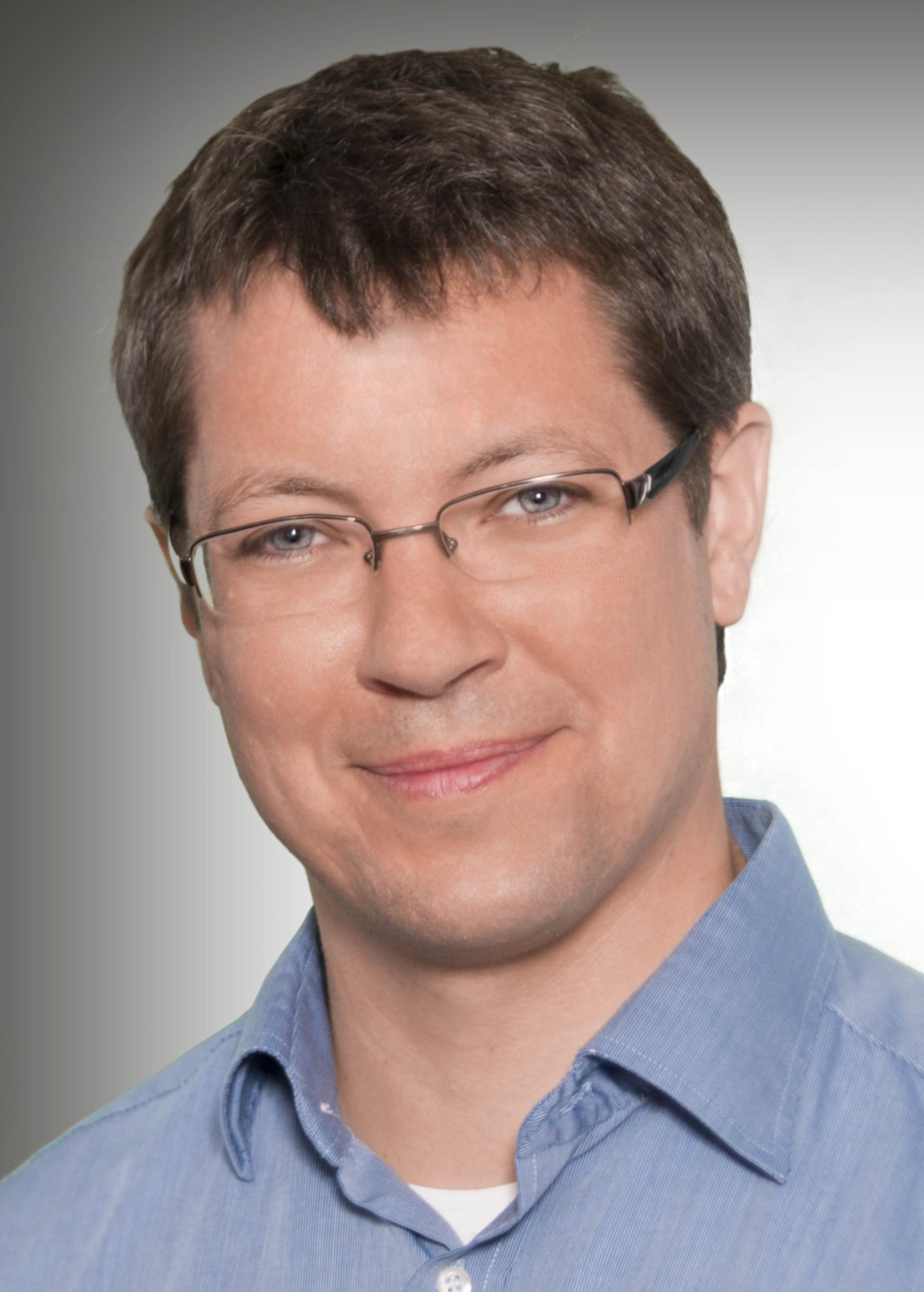 |
Prof. Dr. Eduard Jorswieck was born in 1975 in Berlin, Germany. He received his Diplom-Ingenieur (M.S.) degree and Doktor-Ingenieur (Ph.D.) degree, both in electrical engineering and computer science from the Technische Universität Berlin, Germany, in 2000 and 2004, respectively. He was with the Fraunhofer Institute for Telecommunications, Heinrich-Hertz-Institut (HHI) Berlin, in the Broadband Mobile Communication Networks Department from December 2000 to February 2008. From April 2005 until February 2008, he was a lecturer at the Technische Universität Berlin. From February 2006 until February 2008, he worked for the Department of Signals, Sensors and Systems at the Royal Institute of Technology (KTH) as a post-doc and Assistant Professor. Since February 2008, he has been the head of the Chair of Communications Theory and Full Professor at Dresden University of Technology (TUD), Germany. He is PI in the new excellence cluster CeTI (centre for Tactile Internet with Human-in-the-loop: ceti.one). Eduard's main research interests are in the area of signal processing for communications and networks, applied information theory, and communications theory. He has published more than 100 journal papers, 3 monographs, 11 book chapter, and some 300 conference papers on these topics. Keynote title: Multi-Connectivity for Low-Latency and High-Reliability: A Copula Approach Abstract: Ultra-Reliable Low-Latency Communication (URLLC) applications with stringent latency and reliability requirements are emerging. Wireless reliability is understood as successfully transmitting a desired amount of data within a given time. Diversity techniques, such as multi-connectivity, are potential solutions to achieve stringent reliability requirements. Spatial, temporal, spectral diversity and multi-connectivity are well understood from a capacity perspective. In this keynote, we will go one step beyond this traditional point of view and consider the impact of the statistical dependencies of the underlying random channel variables on the latency and reliability of the resulting URLLC links. We characterize the best and worst case dependencies for different use cases based on the concept of copulas and show that independence is neither the best nor the worst case. |
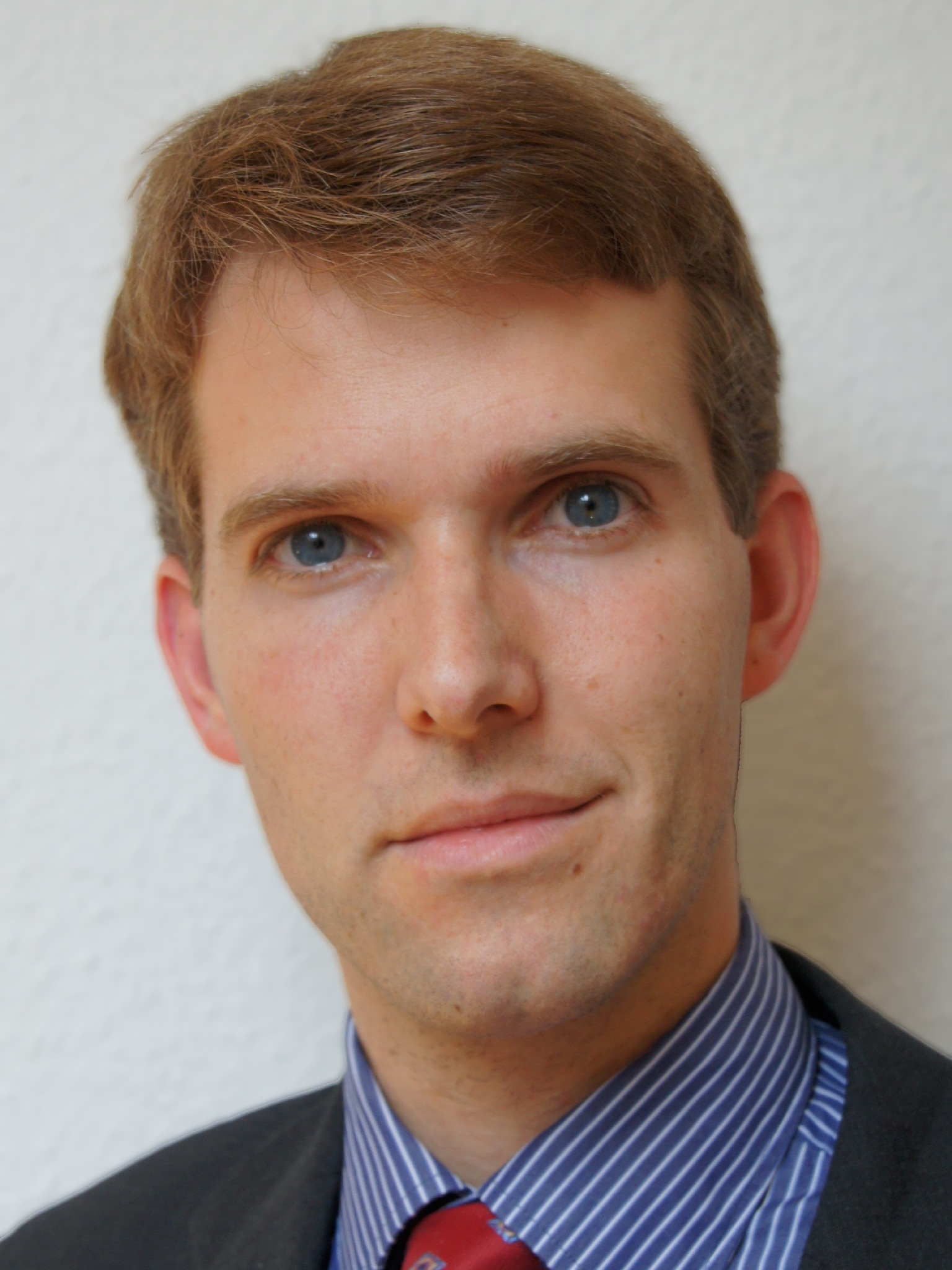 |
Dr. Patrick Marsch is Senior Project Manager, Digital Rail in Deutsche Bahn AG. In this role, he is responsible as product and resource manager for the comprehensive 5G and (Edge) Cloud infrastructure that is envisioned to be deployed by Deutsche Bahn for future rail operations, which will be characterized by automated driving and a very dense and real-time dispatching of trains, making use of the latest technological advances in artificial intelligence, sensing, object detection, localization, etc. Prior to this role, Patrick was heading research, standardization and R&D departments in NSN and Nokia from 2011-2017, was the technical manager of the 5G PPP flagship project METIS-II, and was also leading Nokia’s reference BTS architecture. Patrick holds M. Sc. and Ph. D. degrees from Technische Universtität Dresden, where he in the past also led a research group and was technical project leader of the EASY-C project, where the world’s first large-scale LTE-Advanced testbeds were deployed and the world’s first coordinated multi-point transmission was demonstrated. For this pioneering work, Patrick was rewarded with the Johann Philipp Reis Prize in 2011. Over the years, Patrick has (co-) authored 60+ journal and conference papers and co-edited 3 books. He has for instance been the lead editor of the recently published book “5G System Design - Architectural and Functional Considerations and Long Term Research”, which has been co-authored by 158 experts from 54 companies and institutes. Keynote title: URLLC for Future Digitalized and Automated Rail Operation Abstract: The Digital Rail organization in Deutsche Bahn is working towards future rail operation, which will be characterized by an AI-enabled, centralized and real-time dispatching of trains throughout Germany, and a large extent of automation, including driverless operation. For this, Deutsche Bahn plans to deploy a comprehensive 5G and (Edge) Cloud infrastructure. This talk will shortly depict the vision of Deutsche Bahn, venture into the communicatoin requirements of the related use cases, and provide details on the URLLC considerations of Deutsche Bahn in the context of the Future Rail Mobile Communication System (FRMCS), which will for instance involve rail-specific innovation on the radio and core network side, sophisticated QoS management, and Edge computing. |



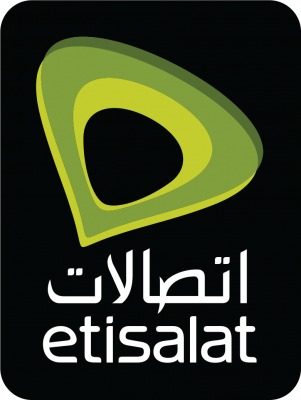












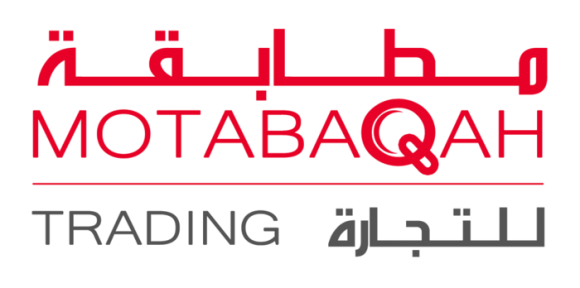

.png%3Fitok=UcTlxbOp)
